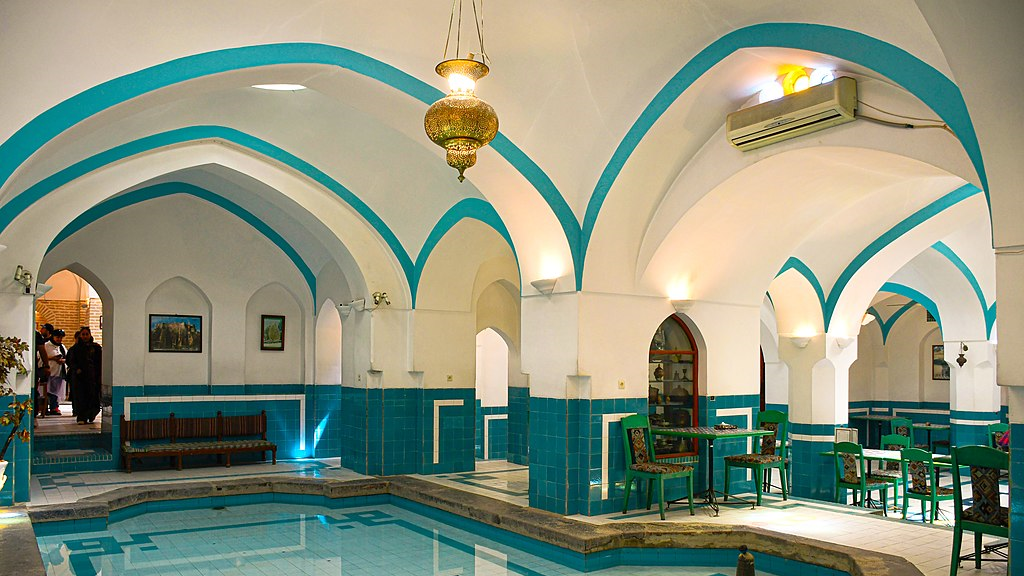
Hazrat Fatima Masoumeh Holy Shrine
The city of Qom is where Hazrat Fatima Masoumeh, the honorable sister of Imam Reza (AS) the eighth Shiite Imam, is buried. Due to the presence of Hazrat Masoumeh’s shrine, the city of Qom has long been considered one of the pilgrimage cities and scientific centers of Shiism. This sacred shrine is located in the Sheikhan (Babolan) cemetery of Qom and is considered the most important pilgrimage site in Iran after the shrine of Imam Reza in Mashhad.
The Presence and Demise of Hazrat Masoumeh in the city of Qom
Ma’mun Abbasi came to power in 813 AD (198 AH) by having his brother, Amin, killed, and because of the importance of Khorasan (Marv), he moved his capital there. The first years of Ma’mun’s rule were full of unrest. Since most of the opposition to Ma’mun was on the part of the Alawites, Ma’mun made a plan to extend a hand of friendship to the Alawites. He, thus, invited Ali bin Musa al-Reza from Medina to Marv to make him his crown prince. Although Imam Reza (AS) was aware of Mamun's trick, he was forced to accept this offer. At that time, many Shiites lived in Qom and despite the pressure of the governments of the time, they did not give up their beliefs. Because of this background, Ma’mun was against Imam Reza passing through Qom and ordered his men to choose another route to take the Imam to Khorasan. However, some people believe that Imam Reza visited the city of Qom on his way, although there is no solid document about this. After Imam Reza arrived in Khorasan, his family remained in Medina for about a year. Therefore, Hazrat Masoumeh along with several others left for Khorasan to find out about the condition of Imam Reza. It has been narrated that Hazrat Masoumeh fell ill in Saveh City, but because she knew about the presence of Shiites in Qom, she went to this city where a person named Musa ibn Khazraj hosted her. Hazrat Masoumeh passed away after 17 days and was buried in the Babolan cemetery of Qom. The demise of Hazrat Masoumeh happened in 816 AD (201 AH).
History of Hazrat Masoumeh’s Shrine
According to historical sources, after the demise of Hazrat Masoumeh, a shade made of straws was made over her grave, but after a few years, one of the descendants of Imam Javad (son of Imam Reza and the ninth Shiite Imam), named “Zeinab” went to Qom in the year 870 AD (256 AH) and built a small shrine over her tomb. This shrine was standing until the middle of the 12th century AD and did not change much except for the expansion of its western part in 961 AD (350 AH). After the 12th century AD, certain areas were annexed to her holy shrine. For, instance, in the 13th century AD during the Seljuq era and the reign of Amir Abul Fazl Araqi, one of the influentials of the reign of Tughril I, restored the existing building of the shrine and made the conditions of the mausoleum more suitable for people’s pilgrimage. At the beginning of the 14th century AD, during the reign of Seljuq king, Sultan Sanjar, the mausoleum was decorated with gilded tiles.
During the Safavid era (15th and 16th centuries AD), a lot of attention was paid to the shrine of Hazrat Masoumeh. During the reign of Shah Ismail, the first Safavid king, the old dome was replaced by a new one. Shah Tahmasp, the second Safavid king, also made endowments to Hazrat Masoumeh’s shrine to be used for its improvement. In the following years, many Safavid princes were buried in this shrine. Shah Safi, the sixth Safavid king, was buried in the southern part of the shrine in 1642 AD (1052 AH). Also, Shah Abbas II (died 1666 AD / 1077 AH) and Shah Suleiman (died 1694 AD / 1105 AH) were also buried in the shrine of Hazrat Masoumeh. King Suleiman II held his crowning in this shrine in 1749 or 1750 AD (1163 AH). Following the invasion of Iran by Afghans and the fall of the Safavid dynasty, Qom was also attacked and suffered a lot of damage. But during the Qajar era (18th and 19th centuries), this city regained its life and the ruins caused by the invasion of Afghans were repaired. During this period, several Qajar kings built tombs for themselves in the shrine of Hazrat Masoumeh. The restoration of the shrine of Hazrat Masoumeh continued in the contemporary era and new courtyards were added to it. Renewal of the shrine by adding stone and tile facades, decorating the inner walls of the shrine with green marble, and installing a new Zarih (in 1989 AD) are among the recent changes in the shrine of Hazrat Masoumeh. During this period, restorations were also carried out on other parts of the shrine, including the minarets.
The golden Zarih and dome, which form the central core of the shrine, are its oldest parts. The golden porch was built in the 16th century AD (during the reign of the Safavid king, Shah Ismail) and a mirrored porch, an eastern portico, and a Mosque were built in the 19th century. Although the architectural style of this holy shrine, which is the manifestation of Iranian-Islamic architecture, is exemplary, what makes this shrine unique and visiting it unforgettable is the unparalleled atmosphere of spirituality one can have in this Shrine.
National Registration of the Shrine of Hazrat Masoumeh
This magnificent shrine of Hazrat Fatima Masoumeh was inscribed on the list of Iran’s national heritage in the year 1932 AD.
| Name | Hazrat Fatima Masoumeh Holy Shrine |
| Country | Iran |
| State | Qom |
| City | Qom |
| Type | Historical,Religious |
| Registration | National |
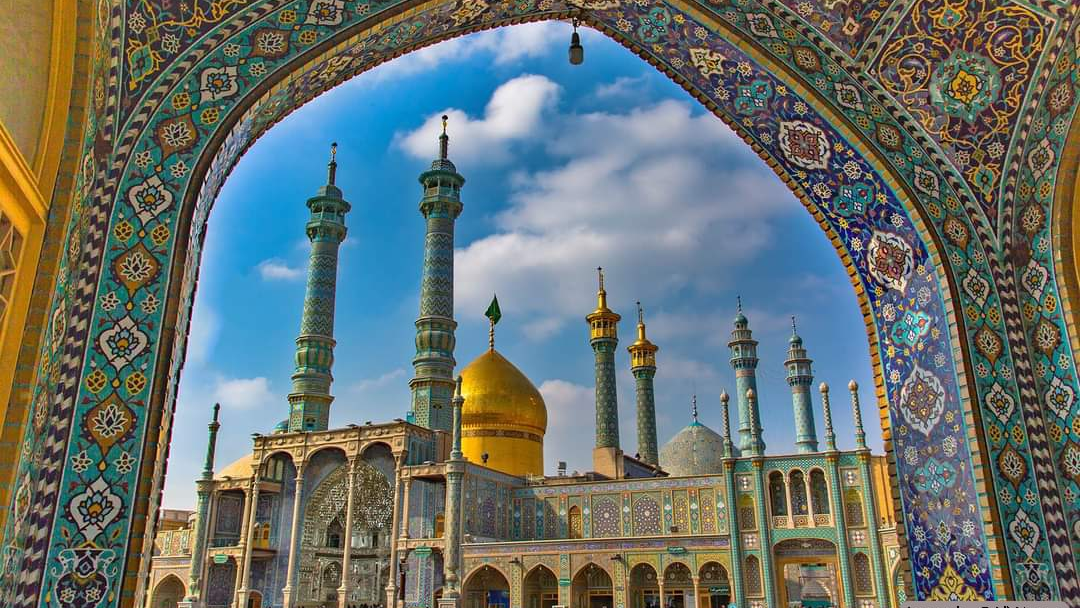

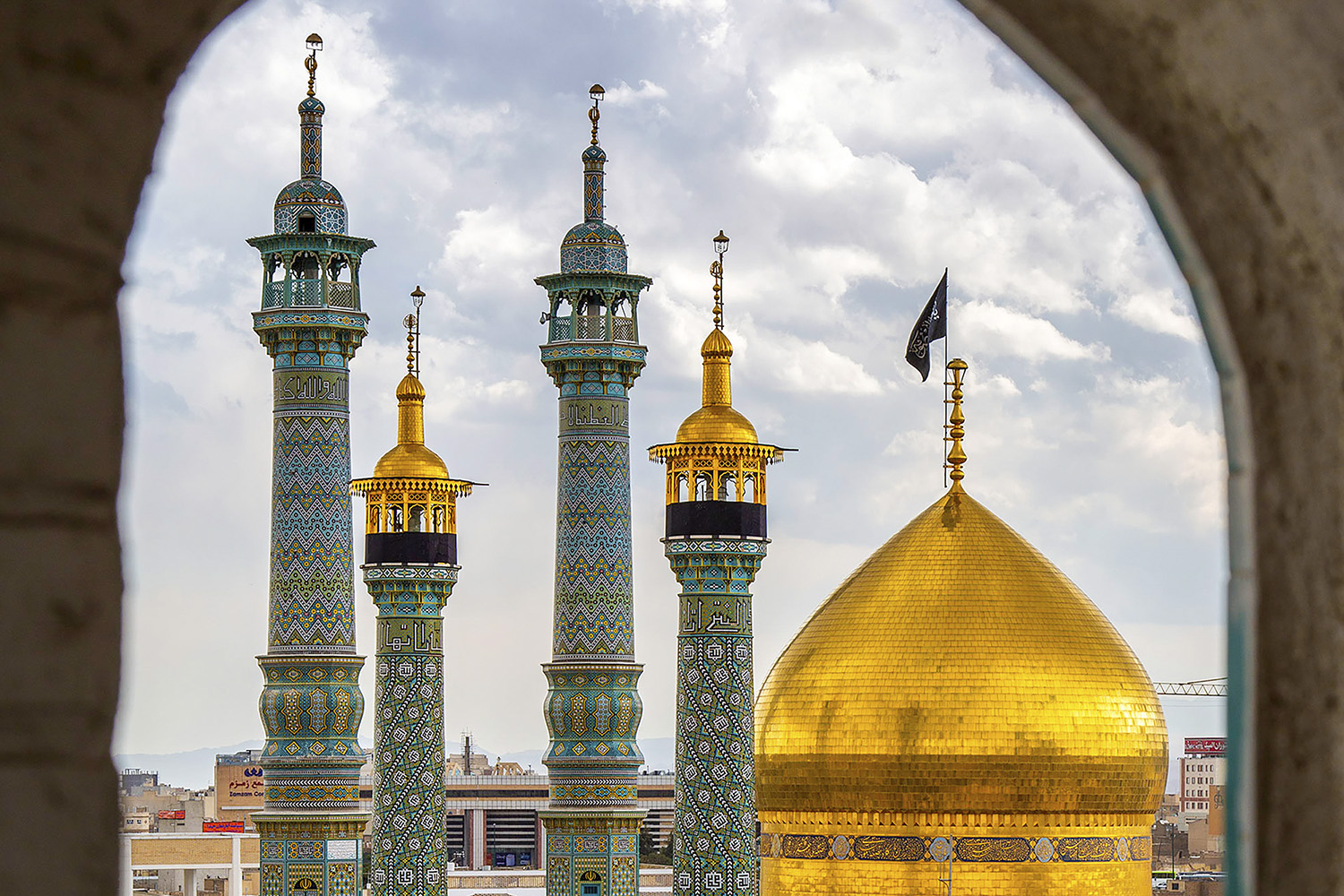



Choose blindless
Red blindless Green blindless Blue blindless Red hard to see Green hard to see Blue hard to see Monochrome Special MonochromeFont size change:
Change word spacing:
Change line height:
Change mouse type:
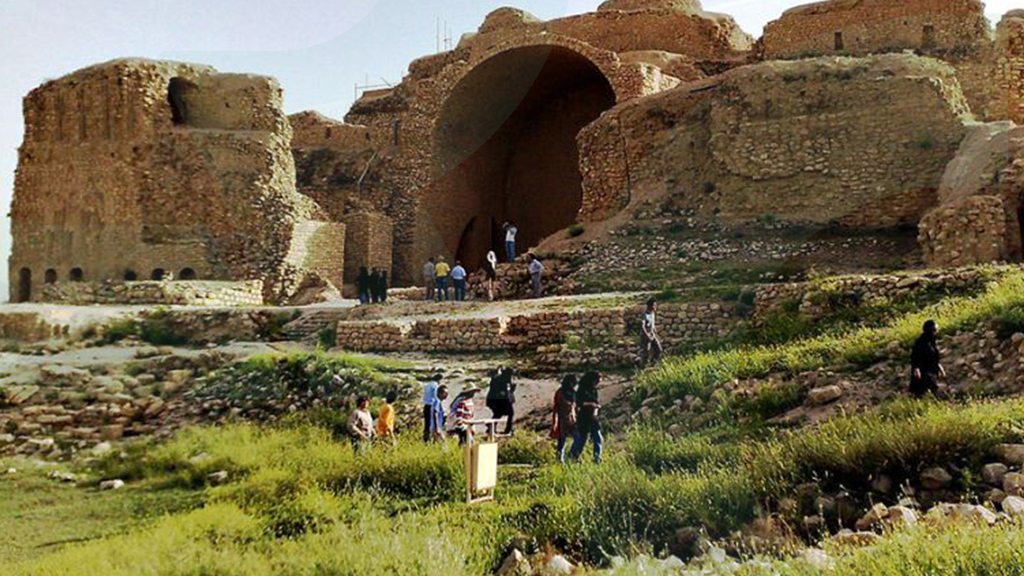
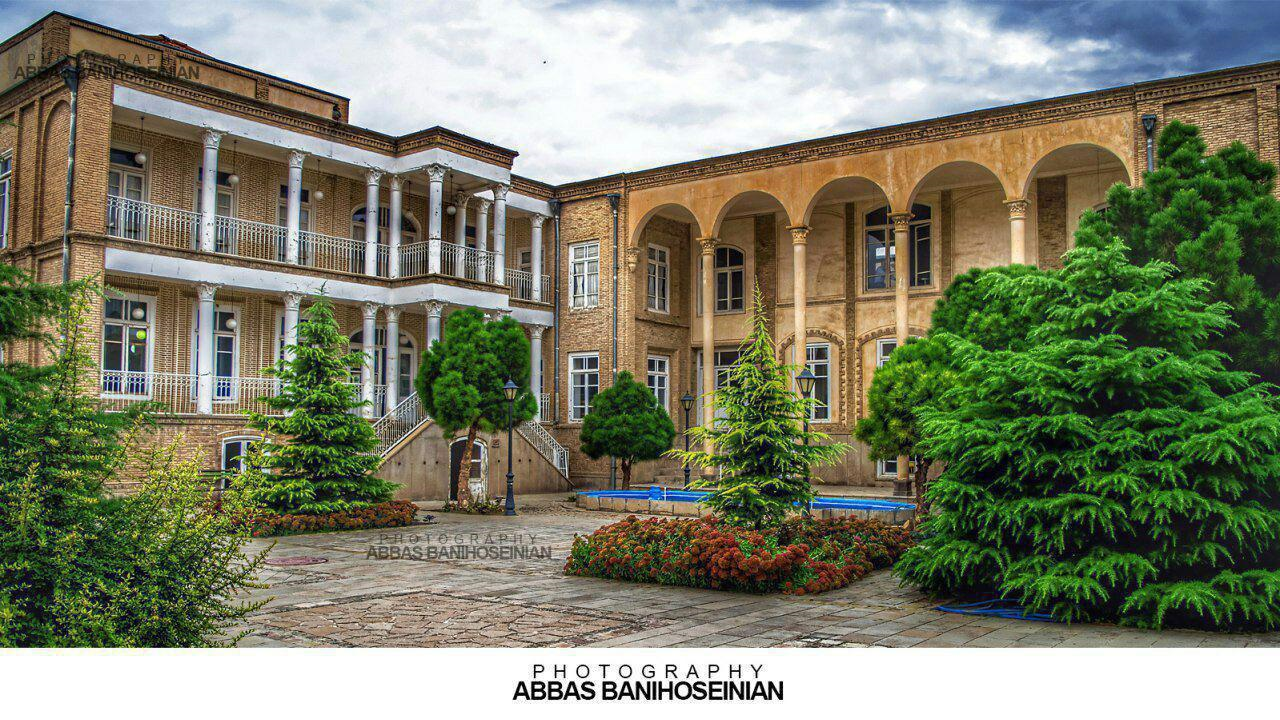
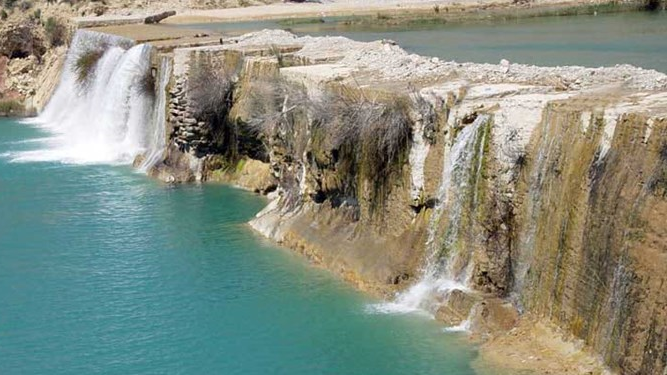
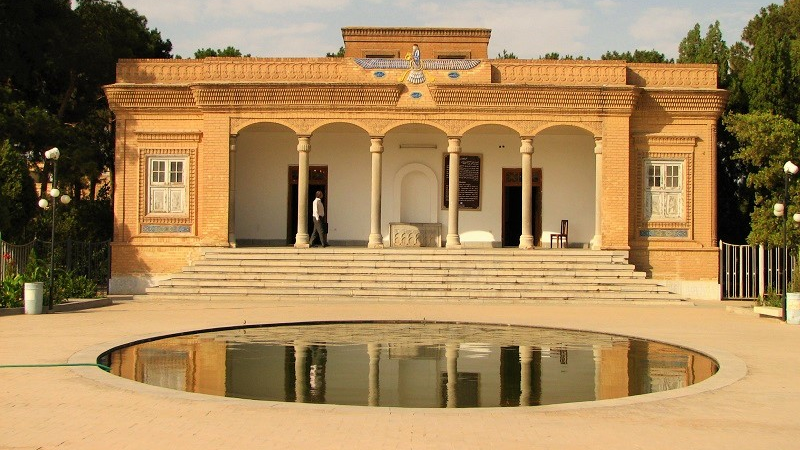
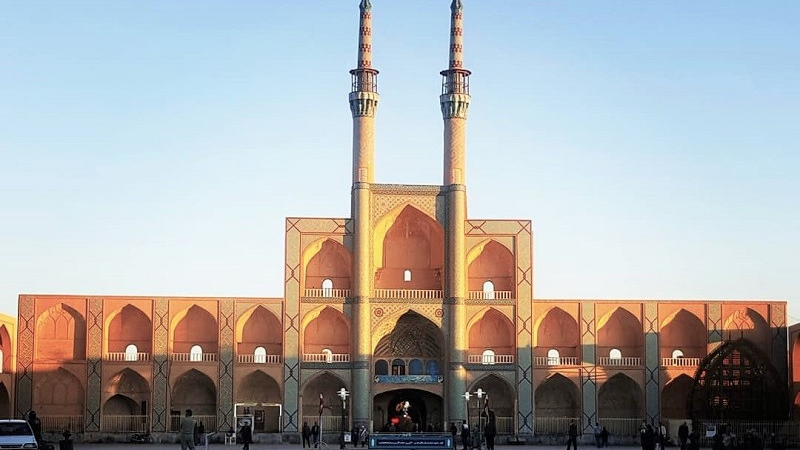
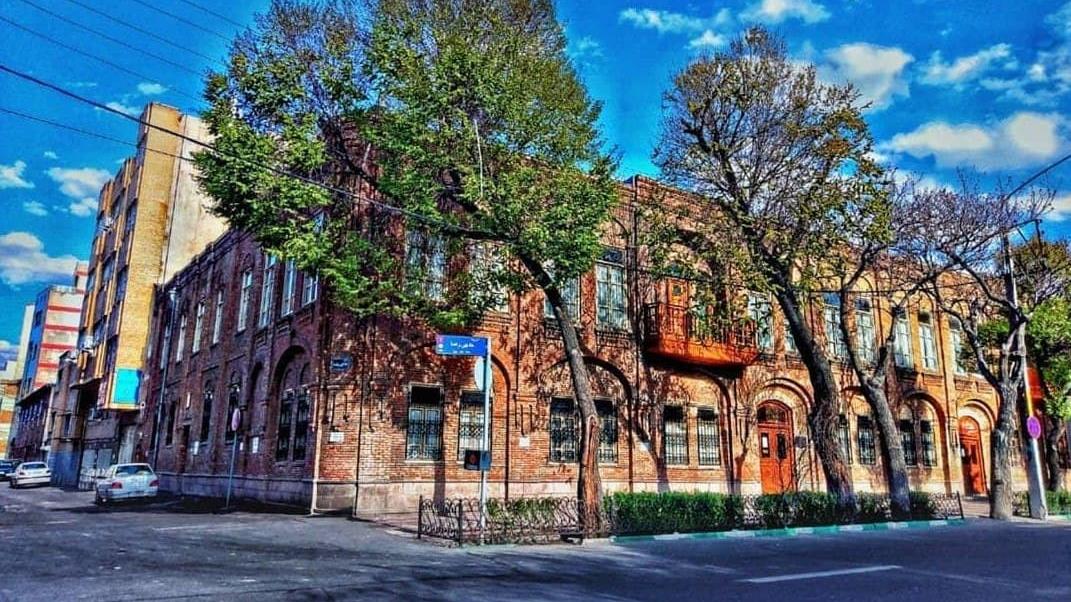
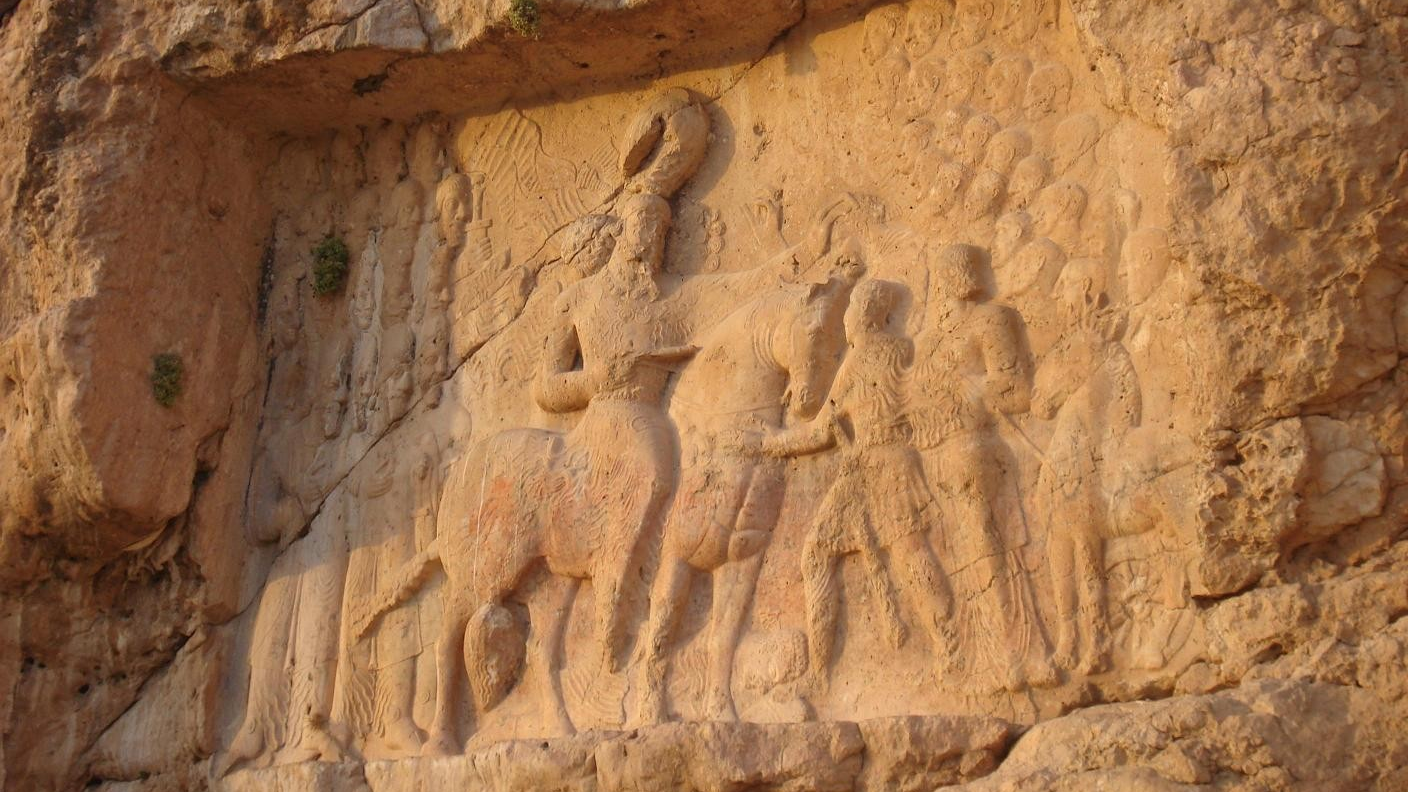
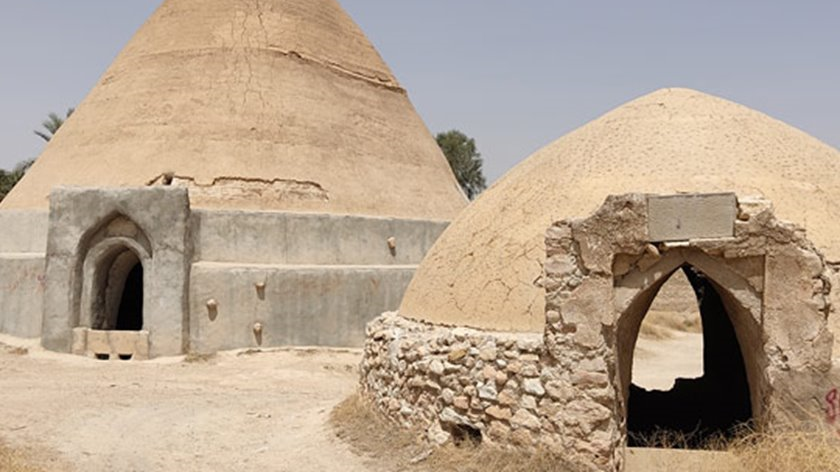

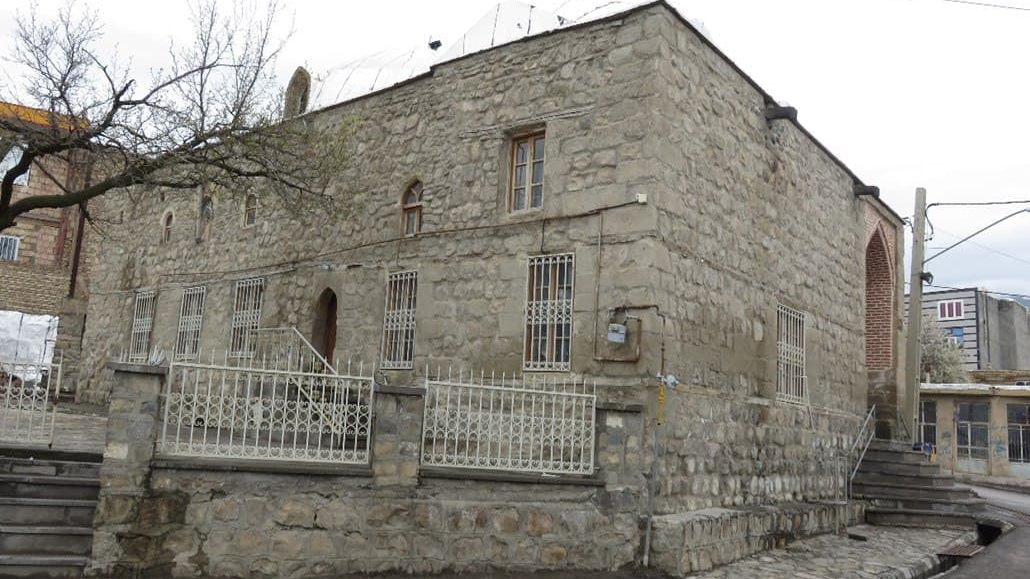
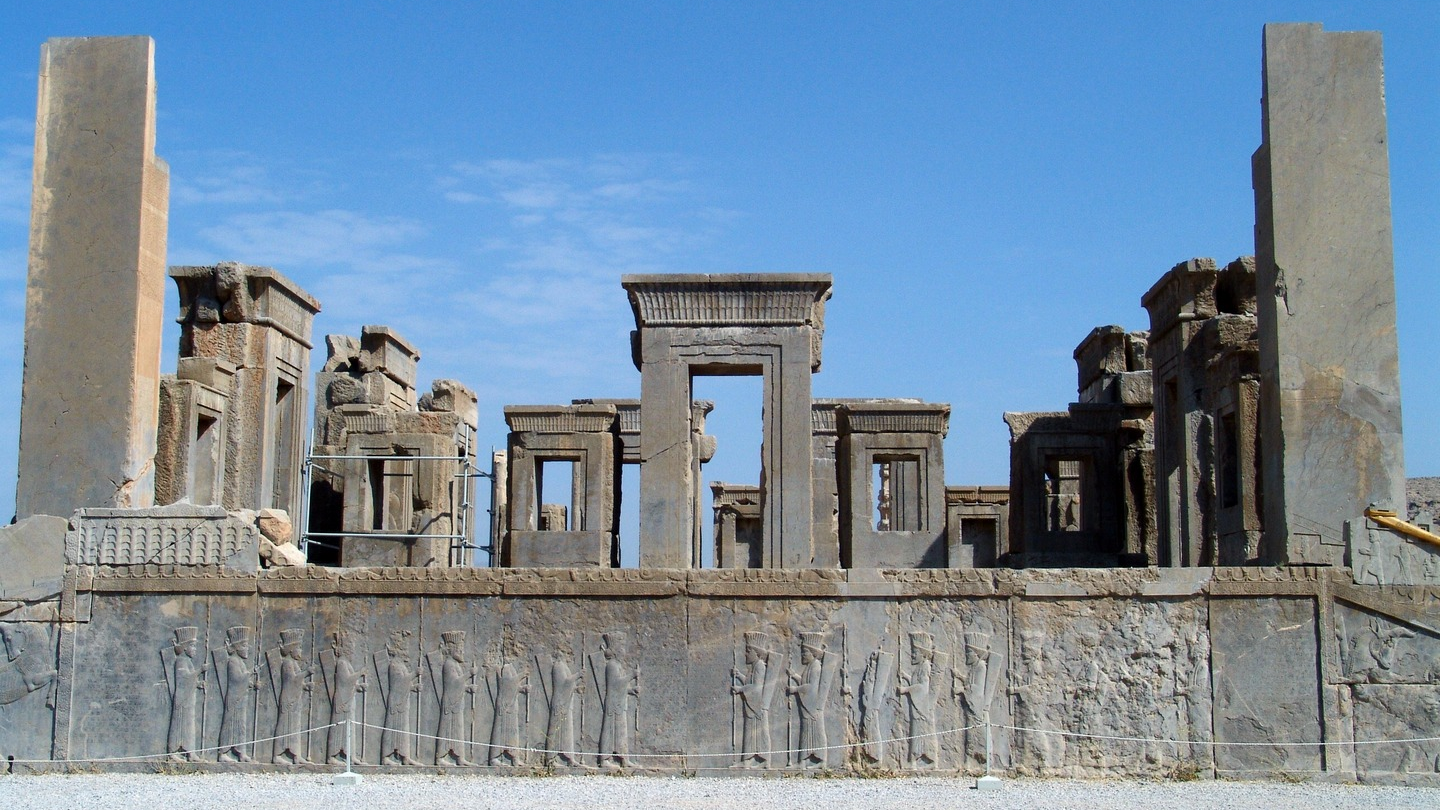
_crop_2.jpg)

